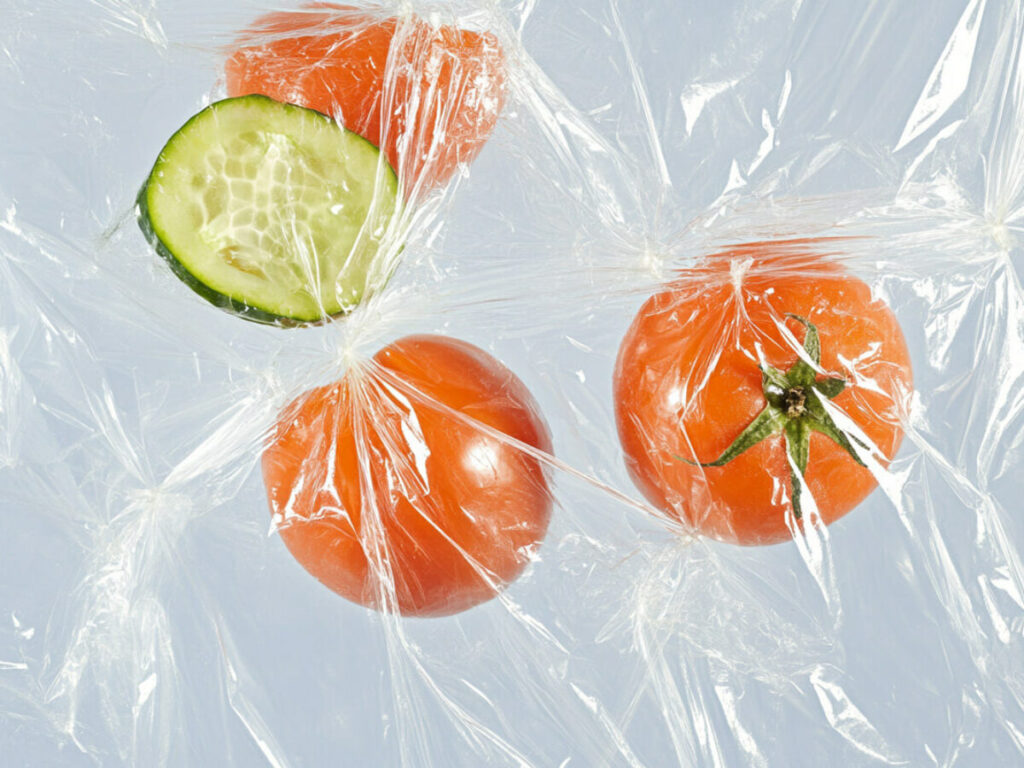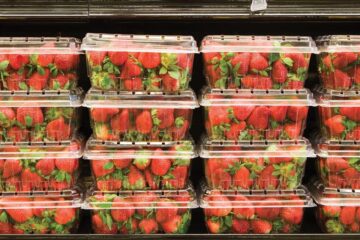In an era where product integrity and environmental responsibility are paramount, cutting-edge flexible packaging solutions have emerged as a cornerstone of modern manufacturing and retail. These materials combine science and engineering to address some of the most pressing challenges in food preservation, pharmaceutical safety, and consumer goods distribution.
The magic of these high-performance films lies in their multi-layered defense systems. Sophisticated material compositions create nearly impenetrable barriers against humidity, gases, and light—three primary culprits in product degradation. This technology goes beyond simple containment, actively participating in preserving freshness and potency from production line to end user. For temperature-sensitive items, specialized formulations maintain stability whether facing sub-zero freezing conditions or high-heat sterilization processes.
Visual presentation has become equally crucial in today’s competitive markets. The latest generation of packaging films offers glass-like transparency that doesn’t yellow or haze over time, giving products a premium shelf presence. This optical excellence pairs seamlessly with advanced printing surfaces that hold inks with remarkable precision, enabling brands to create packaging that tells their story through vibrant colors and razor-sharp graphics.
Sustainability innovations are rewriting the rules of flexible packaging. Forward-thinking manufacturers have developed thinner yet stronger materials that use fewer resources without sacrificing performance. Many newer variants are designed for compatibility with existing recycling streams, while some breakthrough materials even incorporate bio-based components. These eco-advancements help brands meet tightening global regulations and satisfy environmentally conscious consumers.

The logistics revolution has further driven packaging evolution. Modern films must endure the rigors of international shipping—resisting abrasion in transit, withstanding pallet pressures, and surviving extreme climate variations—all while adding minimal weight to shipments. This durability translates to fewer damaged goods and lower transportation emissions, creating value across the entire supply chain.
Looking ahead, smart packaging technologies are beginning to integrate with these flexible materials. Future developments may include indicators for freshness or temperature abuse, along with embedded sustainability information accessible via simple smartphone scans. Such innovations will deepen the connection between brands and consumers while pushing the boundaries of what packaging can achieve.
For businesses navigating today’s complex market demands, understanding these packaging breakthroughs is no longer optional. The right material selection can mean the difference between a product that survives the journey and one that thrives on the shelf—between packaging that’s simply functional and solutions that actively contribute to brand success and planetary health. As material science continues its rapid advancement, flexible packaging stands poised to deliver even more extraordinary solutions in the years ahead.


